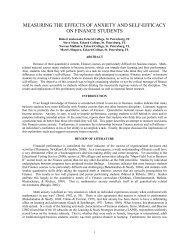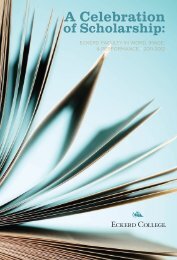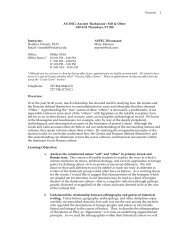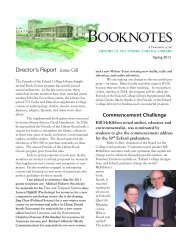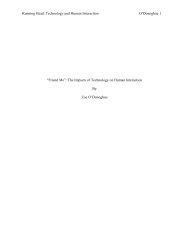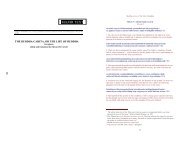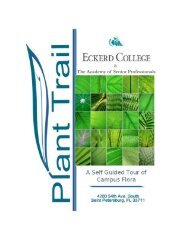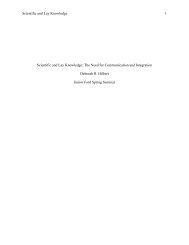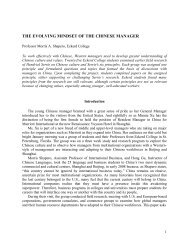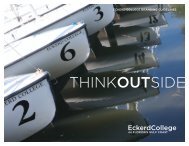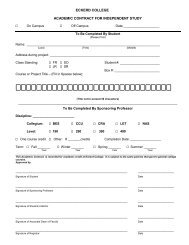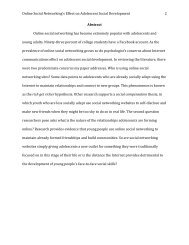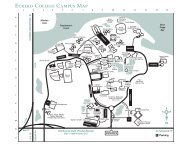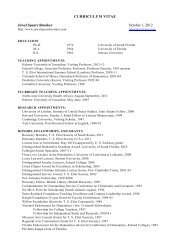A Relationship between Western Medicine and Traditional Chinese ...
A Relationship between Western Medicine and Traditional Chinese ...
A Relationship between Western Medicine and Traditional Chinese ...
Create successful ePaper yourself
Turn your PDF publications into a flip-book with our unique Google optimized e-Paper software.
thought to be a scientific experiment, verifying <strong>and</strong> testing a hypothesis; there is a systematic<br />
approach. On the other h<strong>and</strong>, <strong>Traditional</strong> <strong>Chinese</strong> <strong>Medicine</strong> depends more on feeling <strong>and</strong><br />
experience <strong>and</strong> its goal is “not to explore the unknown world but to confirm our ancestors’<br />
conclusions” (Tao, 2011). This idea of <strong>Traditional</strong> <strong>Chinese</strong> <strong>Medicine</strong> is supported by its history<br />
with little new discovery over the course of 4500 years. Hence, these two types of medicine do<br />
not appear to have the ability to be integrated as their fundamental ideas on which the entire<br />
system is based is so drastically different.<br />
Yet, there are small similarities <strong>between</strong> West <strong>and</strong> East. Since there are many branches<br />
to medicine, each with unique differences, the similarities <strong>between</strong> <strong>Western</strong> <strong>and</strong> Eastern<br />
herbalism will be used to illustrate how similar these two types of medicine can be. Herbalism<br />
was developed very early in both histories of medicine <strong>and</strong> thus, should be the least similar due<br />
to an inability for cultures to influence each other through contact. There are three main<br />
principles of <strong>Western</strong> herbal medicine, energetics, organ systems <strong>and</strong> the government of<br />
circulation(Wood, 2010). Energetics in <strong>Western</strong> <strong>Medicine</strong> was initially developed by Galen from<br />
Hippocrates doctrine, associating four temperaments<br />
to the four humours (Figure 1). This is similar to the<br />
“Six Doors <strong>and</strong> Three Methods” that Zhang Congzheng<br />
added to <strong>Traditional</strong> <strong>Chinese</strong> <strong>Medicine</strong> in 1200 (Hoizey<br />
& Hoizey, 1993). These six doors were wind, heat,<br />
dampness, fire, dryness <strong>and</strong> cold which could be<br />
derived from the three methods, the heavens, the<br />
earth <strong>and</strong> man’s behaviour (Hoizey & Hoizey, 1993).<br />
7<br />
Figure 4: Location of pathogenic<br />
effects of the “Six Doors”.



